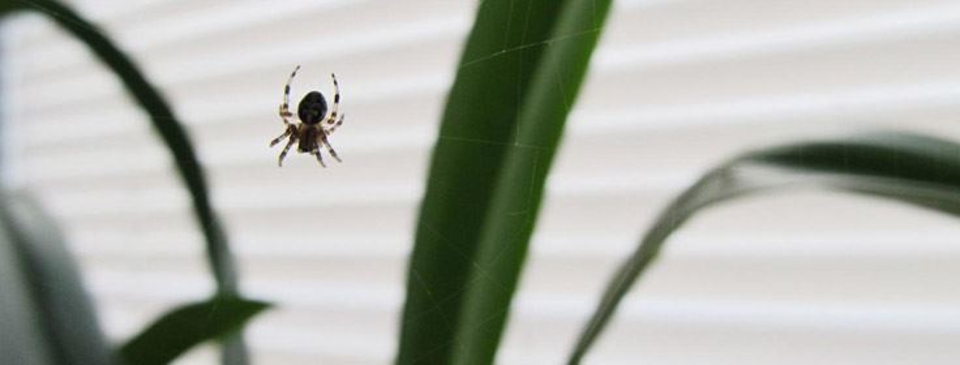
Are you ready to see the most common household pests in California? Share if you dare!
Pests are a common concern for homeowners and property managers in Northern California for two reasons; inclement weather throughout the bay area, and the potential for unexpected property damage, no matter the season.
From termites munching on damp and exposed wood to bed bugs coming home with you from a recent vacation, Californians are more aware of pest infestations today than ever before.
Check out our list of some of the most common pests in California homes that our pest control technicians deal with on a regular basis. Chances are you’ll learn something new, or you may get inspired to call a pest control company near you.
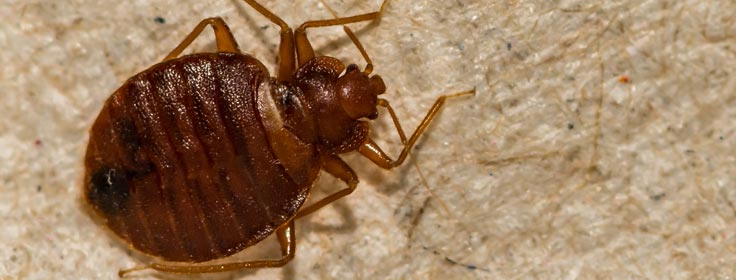
Bed Bugs
Bed bugs are insects from the genus Cimex that feed on human blood, usually at night whose bites can cause rashes, psychological effects, and allergic symptoms.
How long can bed bugs live? 4 to 6 months.
How big can bed bugs get? 0.2 inches (0.51 cm).
How long have bed bugs been on earth? 3,500 years.
How many legs do bed bugs have? 6 legs.
What natural predators help prevent or kill bed bugs?
Natural predators of bed bugs include argentine ants, red imported fire ants, pharaoh ants, american cockroaches, thanatus flavidus spiders, and house centipedes.
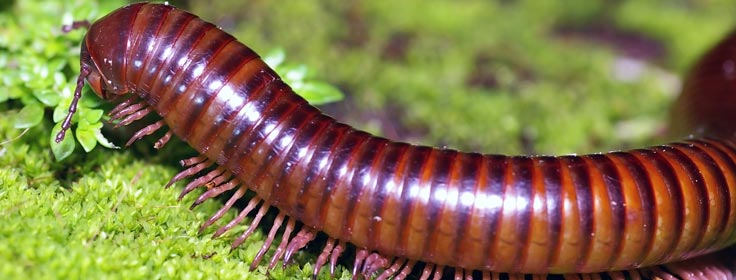
Millipedes
Millipedes are a group of arthropods that are characterized by having two pairs of jointed legs on most body segments known scientifically as the class Diplopoda.
How long can millipedes live? 2-4 weeks.
How big can millipedes get? 10.5 inches (26.7 cm).
How long have millipedes been on earth? 420 million years.
How many legs do millipedes have? 80 to 800 legs.
What natural predators help prevent or kill millipedes?
Natural predators of millipedes include shrews, toads, badgers, chickens, ground beetles, ants, and spiders.
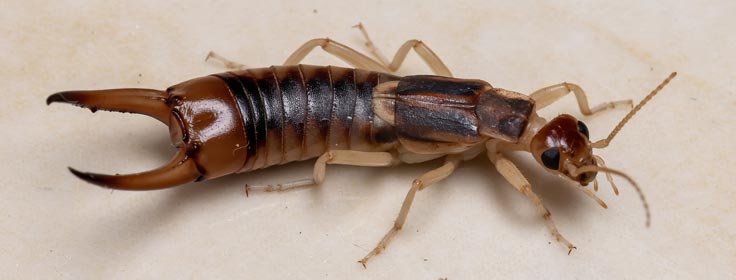
Earwigs
Earwigs make up the insect order Dermaptera. With about 2,000 species in 12 families, they are one of the smaller insects found in Northern California.
How long can earwigs live? 1 year.
How big can earwigs get? 1 inch (2.5 cm).
How long have earwigs been on earth? 208 million years.
How many legs do earwigs have? 6 legs.
What natural predators help prevent or kill earwigs?
Natural predators of earwigs include birds, lizards, frogs, centipedes, spiders, and yellow jackets.
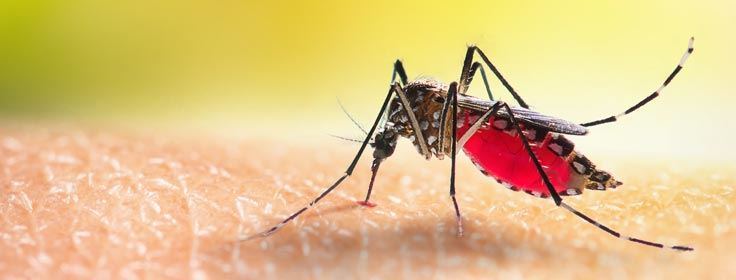
Mosquitoes
Mosquitoes are members of a group of almost 3,600 species of small flies within the family Culicidae. The word mosquito is Spanish for little fly.
How long can mosquitoes live? 1 to 2 months.
How big can mosquitoes get? 0.4 inches (1.02 cm).
How long have mosquitoes been on earth? 100 million years.
How many legs do mosquitoes have? 6 legs.
What natural predators help prevent or kill mosquitoes?
Natural predators of mosquitoes include purple martins, swallows, geese, terns, ducks, songbirds, goldfish, guppies, bass, bluegill, and catfish.
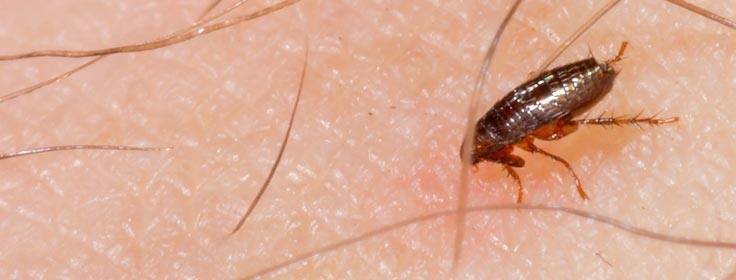
Fleas
Flea, the common name for the order Siphonaptera, includes 2,500 species of small flightless insects that survive as external parasites of mammals and birds.
How long can fleas live? 1 year.
How big can fleas get? 0.13 inches (0.33 cm).
How long have fleas been on earth? 165 million years.
How many legs do fleas have? 6 legs.
What natural predators help prevent or kill fleas?
Natural predators of fleas include fire ants, nematodes, spiders, frogs, toads, lizards, and snakes.
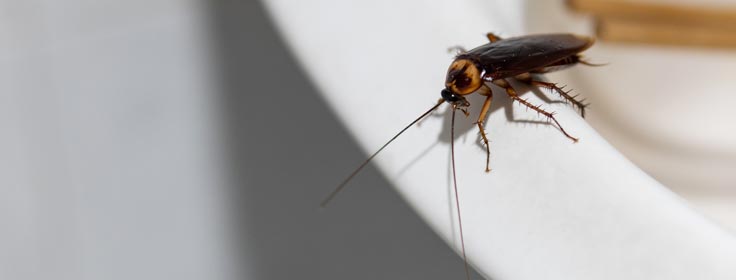
Cockroaches
Cockroaches are insects of the order Blattodea, which also includes termites. About 30 cockroach species out of 4,600 are associated with human habitats.
How long can cockroaches live? 1 year.
How big can cockroaches get? 1.6 inches (4.07 cm).
How long have cockroaches been on earth? 300 million years.
How many legs do cockroaches have? 6 legs.
What natural predators help prevent or kill cockroaches?
Natural predators of cockroaches include lizards, bearded dragons, and frogs.
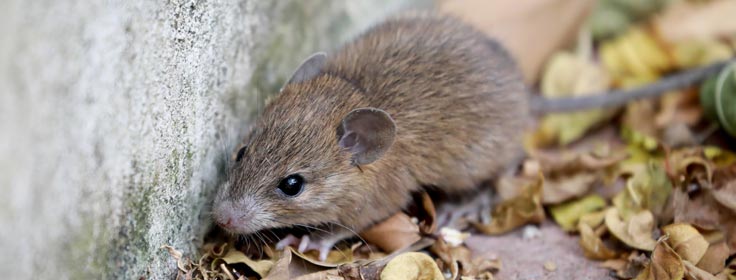
Mice
A mouse, plural mice, is a small mammal. Characteristically, mice are known to have a pointed snout, small rounded ears, a body-length scaly tail, and a high breeding rate.
How long can mice live? 12 to 18 months.
How big can mice get? 3.9 inches (9.91 cm).
How long have mice been on earth? 15,000 years.
How many legs do mice have? 4 legs.
What natural predators help prevent or kill mice?
Natural predators of mice include domestic cats, red foxes, weasels, ferrets, mongooses, large lizards, snakes, hawks, falcons, and owls.
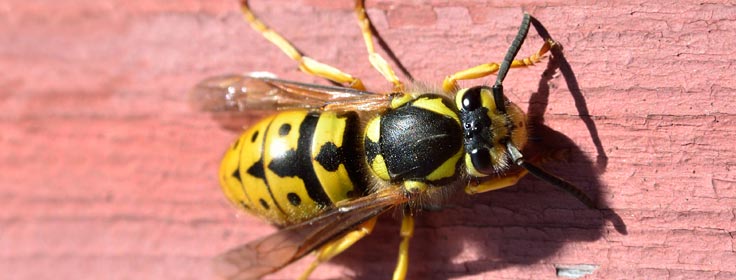
Yellowjackets
Vespula pensylvanica, the western yellowjacket, is a Nearctic species of wasp in the genus Vespula. It is native to regions of North America, largely in areas with northern temperate climates.
How long can yellowjackets live? 12 to 22 days.
How big can yellowjackets get? 0.63 inches (1.6 cm).
How long have yellowjackets been on earth? 240 million years.
How many legs do yellowjackets have? 6 legs.
What natural predators help prevent or kill yellowjackets?
Natural predators of yellowjackets include skunks, raccoons, badgers, moles, and shrews.
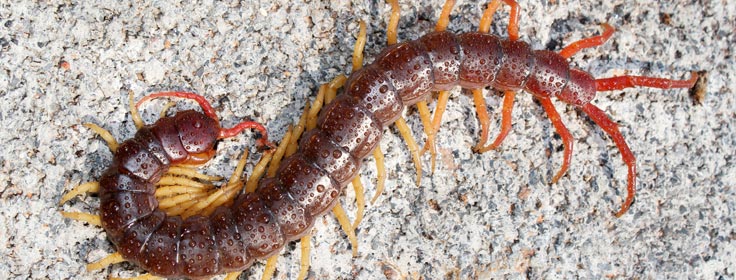
Centipedes
Centipedes are predatory arthropods belonging to the class Chilopoda of the subphylum Myriapoda, an arthropod group that also includes millipedes and other multi-legged creatures.
How long can centipedes live? 1 year.
How big can centipedes get? 6 inches (15.24 cm).
How long have centipedes been on earth? 430 million years.
How many legs do centipedes have? 30 to 354 legs.
What natural predators help prevent or kill centipedes?
Natural predators of centipedes include shrews, toads, badgers, chickens, ground beetles, ants, and spiders.
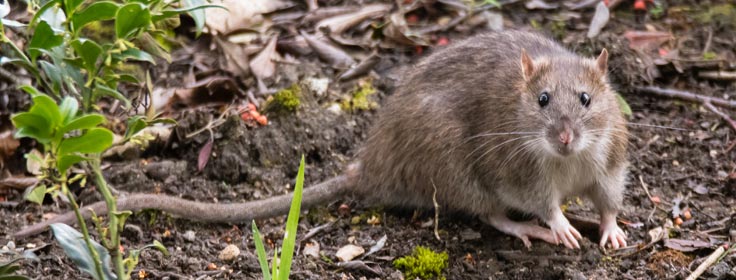
Rats
Rattus is a genus of muroid rodents, all typically called rats. However, the term rat can also be applied to rodent species outside of this genus.
How long can rats live? 1 to 2 years.
How big can rats get? 20 inches (50.8 cm).
How long have rats been on earth? 66 million years.
How many legs do rats have? 4 legs.
What natural predators help prevent or kill rats?
Natural predators of rats include cats, dogs, hawks, falcons, owls, black snakes, milk snakes, corn snakes, bull snakes, weasels, raccoons, opossums, bobcats, coyotes, and foxes.
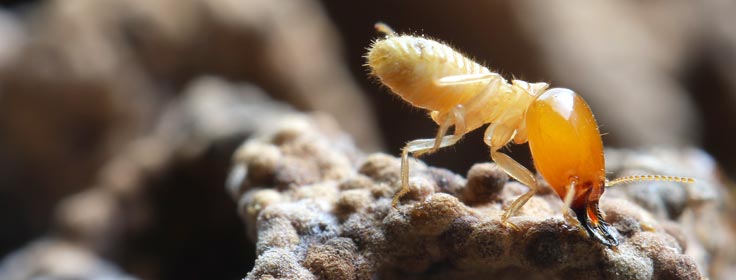
Termites
Termites are eusocial insects that are classified at the taxonomic rank of infraorder Isoptera, or alternatively as epifamily Termitoidae, within the order Blattodea.
How long can termites live? 10 years.
How big can termites get? 0.25 inches (0.64 cm).
How long have termites been on earth? 250 million years.
How many legs do termites have? 6 legs.
What natural predators help prevent or kill termites?
Natural predators of termites include ants, centipedes, cockroaches, crickets, dragonflies, scorpions, spiders, lizards, frogs, and toads.
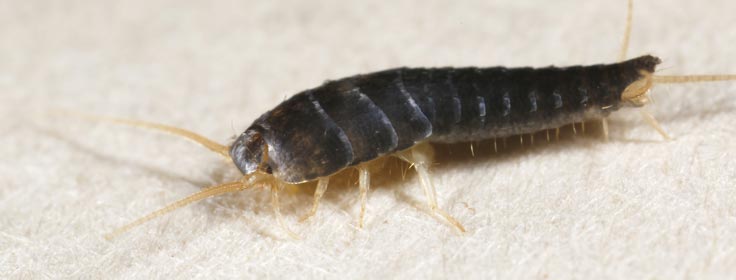
Silverfish
The silverfish is a species of small, primitive, wingless insect in the order Zygentoma. Its common name derives from the animal’s silvery light grey color, combined with the fish-like appearance of its movements.
How long can silverfish live? 8 years.
How big can silverfish get? 0.75 inches (1.91 cm).
How long have silverfish been on earth? 400 million years.
How many legs do silverfish have? 6 legs.
What natural predators help prevent or kill silverfish?
Natural predators of silverfish include earwigs, centipedes, and spiders.
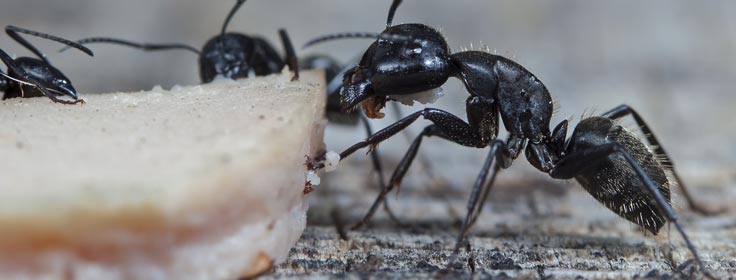
Ants
Ants are eusocial insects of the family Formicidae and, along with the related wasps and bees, belong to the order Hymenoptera.
How long can ants live? 3 days to 3 decades.
How big can ants get? 2 inches (5.08 cm).
How long have ants been on earth? 140 to 168 million years.
How many legs do ants have? 6 legs.
What natural predators help prevent or kill ants?
Natural predators of ants include spiders, mammals, birds, and lizards.
The post 13 Common Household Pests in California (with up-close photos) appeared first on We Care Pest Solutions.





